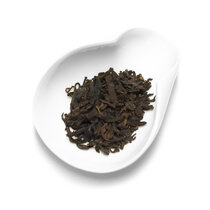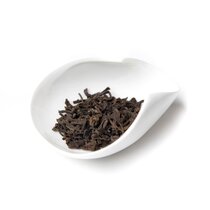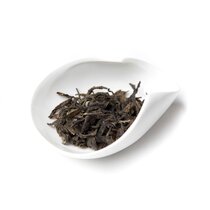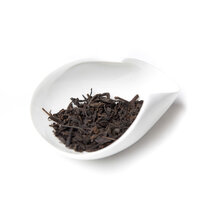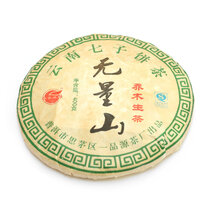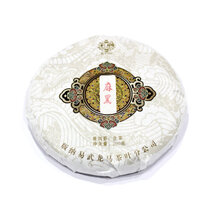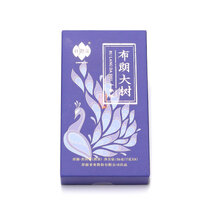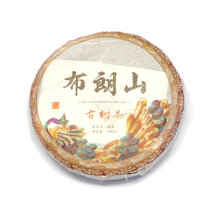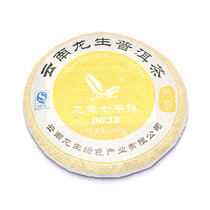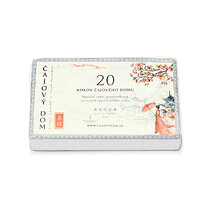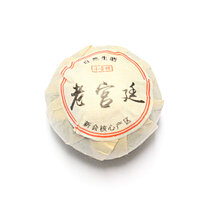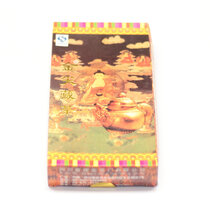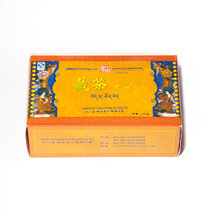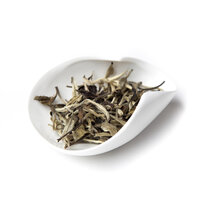Pu erh 普洱茶 is a true gem among teas, with the essence of the earth captured in every leaf. It originates from Yunnan province in southern China and belongs to the category of post-fermented teas—those that continue to mature after processing. The name "Pu erh" comes from the town of Pu'er (普洱), once a key trading hub on ancient tea routes.
There are two basic types - sheng 生普洱 (raw), which develops naturally over the years, and shu 熟普洱 (ripe), which undergoes accelerated controlled fermentation.
The taste of pu erh is deep, earthy, often with notes of wood, dark fruit or even rare mushrooms. Older pu erhs acquire a softness and nobility, similar to fine wines. Their aroma is warm, soothing and for many has a meditative character.
Pu erh is appreciated for its unique taste, traditional craftsmanship, and long-standing cultural heritage. In many regions, it is enjoyed regularly, especially after meals or during moments of rest and reflection.
The recommended amount is 3 cups per day and since Pu erh contains very little caffeine, it is suitable for drinking throughout the day.
Pu erh is often aged for several years and many older teas are sought after by collectors. The price of rare archival Pu erh teas ranges in the tens of thousands of dollars.
